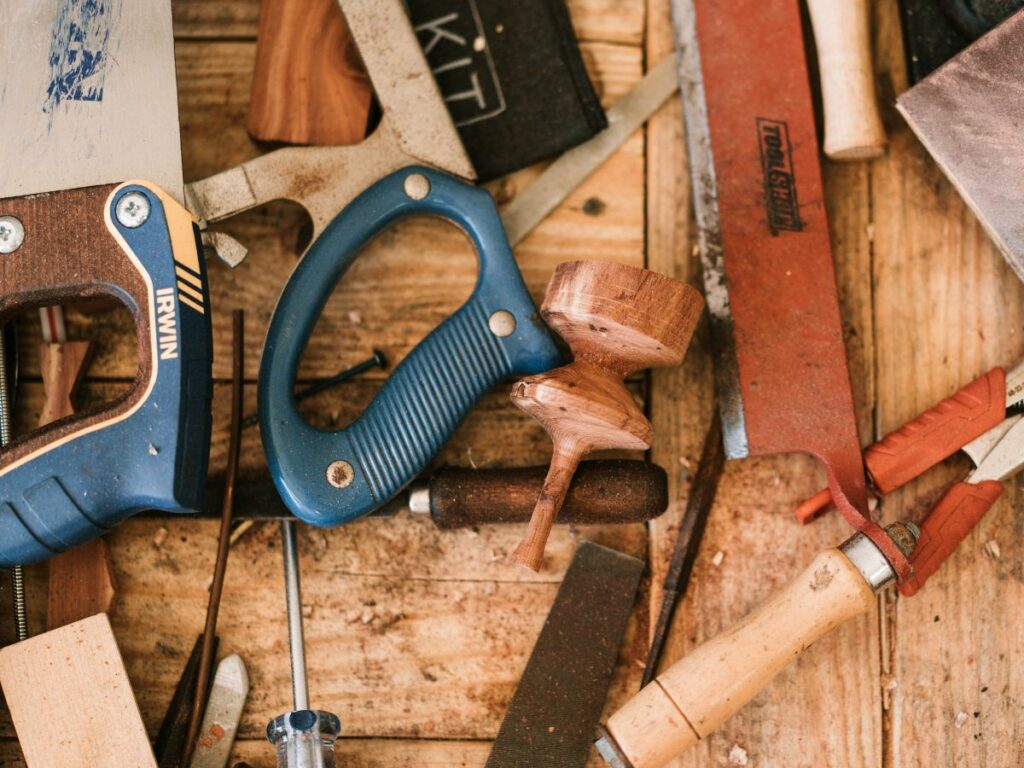Thinking of making a casino table at home? Great idea! It is not only fun and exciting, but it also helps you learn how to work with wood. And if you are new to woodworking, this project is an excellent way to start. In this article we will discuss the steps needed to make a casino table at home. Making a casino table at home is a great way to entertain your friends and family. It’s also a great way to get some extra money in your pocket. Here’s how you can make a casino table from scratch in your own home.
Step 1- Mark the Plywood Game Table
The first thing you need to do is mark your plywood game table. You can use a pencil or a pen, but make sure that it is easy to erase. If you are using a pencil, then start at one end of the board and draw a line along the edge of the table. Then, pick up your piece of wood and mark another line on the other side of the table. Do this for every edge of your board.
Step2- Cut the Plywood Game Table and Lid
Cutting the plywood game table and lid is a bit more challenging than cutting the plywood itself because you have to make sure that everything fits together properly. You also need to make sure that there are no gaps between the pieces once they are cut out.
Step 3: Mitre the Edge Pieces
The third step is to cut the mitered edge pieces, which will form the table top. You can use a router or a table saw to cut these pieces, and it’s best to use a circular saw if you don’t have a router. The easiest way to mitre your edge pieces is with a hand saw or mitre box (a tool used for cutting boards and furniture). But you can also use a jig saw or table saw if you don’t have access to one of these tools.
Step 4: Install the Outer Edge
The fourth step in making a casino table is to install the outer edge. This is what makes the table look like a real one and not just a piece of wood. To do this, you need to cut your wood into four pieces. These will be the top, bottom, left and right edges. You can either use your saw or a router to do this. However, if you are using a router, make sure that you use a bit larger than needed so that you can sand it down later on. Otherwise, it may not fit properly when finished.
Step 5: Cut and Install the Coaster Blocks
Now that you have the table top cut and sanded down, it’s time to install your coaster blocks. The first thing you need to do is mark out where your blocks will fit in relation to the corners of your table top. Once you’ve marked them all out, use a pencil to make an initial cut. Then use a jigsaw or circular saw to make straight cuts across each block.
Step 6: Install the Inner Edge
Once you have your table cut and sanded, it’s time to install the inner edge. The inner edge is a piece of wood that goes around all sides of the table. It is used to support the outer edge as well as keep it from curling.
Step 7: Attach the Apron
It is time to attach your apron to the frame. Do this by inserting a screw through each hole in the apron and using nuts and bolts to secure them in place. If you are using wood, use screws instead of nails or screws.
Step 8: Mark the Playing Surface
The playing surface should be marked with a grid of squares, or points, just like a real casino game. This is called a “playing surface”. It’s best to use a foam board for this, but any type of plastic works. You can also make your own playing surface by cutting out a piece of cardboard and drawing lines on it with chalk.
Step 9: Attach the felt
Now that you have cut your felt, it’s time to attach it to the table top. To do this, simply use a hot glue gun or super glue to attach the felt to the table top. It’s important that you leave small spaces between each piece of felt so that they don’t stick together when drying.
Once all of your pieces are glued down and pressed flat against each other, let your table dry overnight before moving on to step 10.
Step 10: Assemble, Mark the Collar & Drill pilot holes
Now that you have your table top cut and sanded, it’s time to assemble the table. First, mark where you want your glass top to go. You will also want to mark where you want your legs to go as well. Then, drill a pilot hole for each leg using a drill bit that is slightly larger than the diameter of your leg in order for them to fit into place easily. Once all of your holes are drilled, use a countersink bit on each one so that they don’t stand out from the rest of the wood when finished.
Step 11: Drill Pilot Holes in the Feet & Attach the Feet
When drilling pilot holes, make sure that you don’t go all the way through so that you don’t end up with a hole too big for your screws. Once you’ve drilled all of your pilot holes, insert your screws and make sure that they are secure by tightening them with a wrench or pliers.
Step 12: Assemble the Finished Poker Table Parts
The final step in the entire process is to assemble the finished poker table parts. In this step, you will have to attach the legs of your poker table and then secure them with screws. You can also use glue if you want to avoid any extra work.
You’ve successfully made a poker table at home. Congratulations! The final step is to assemble the finished product.

